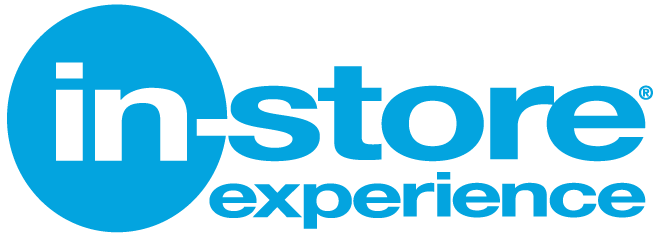Beauty of the Future: How Beauty and Wellness Retailers are Leveraging Technology to Drive Sales
Consumers’ attention spans are changing - and so are their expectations for retailers. More and more, today's consumer is looking for a quick, easy, and innovative shopping experience that challenges the traditional retail approach, brings some fun into the shopping experience and provides a compelling reason to visit a physical store.
While some retailers are falling under the pressure, others are thriving and beauty and wellness retailers are one example of a sector that has embraced the use of technology in their retail strategy--with huge returns. Here, we take a look at how beauty retailers are using technology to improve the in-store experience and drive sales.
AR and 3D printing
Sephora’s “magic mirrors” use AR technology to let shoppers try on beauty looks without the hassle of tester products and makeup remover. Procter & Gamble’s Opté wand uses 3D-printing and facial recognition technology to spray-on the perfect face of makeup.
In-store beauty solutions are combining the best of novelty and useful solutions for customers - and providing those compelling reasons to get off the couch and visit the store.
Apps
AR “Try-On” apps developed by Sephora, Garnier, and others allow users to view makeup looks from their smartphone before buying, facilitating online purchases but still driving bringing some fun into the shopping experience.
Some more artistic apps use facial recognition technology to apply fantasy makeup looks--see @ines.alpha’s Instagram account, where she develops and displays 3D, color-changing, and other “impossible” makeup.
Finally, the simplicity and genius of customer loyalty apps has taken the industry by storm. L’Oreal’s app, which operates as a Try-On app for L’Oreal products, has been downloaded over 6 million times.
The Sephora app, meanwhile, has dominated with millions of users that can buy products, use AR try-on technology, watch application lessons, and get recommendations for products based on skin type and previous purchases.
Personalization
One of the perks of technology is that it allows for enhanced data collection, which can then be used to deliver a more personal shopping experience.
Apps can track previous purchases, improving recommendations for future buys and guide in-store stocking plans. Meanwhile, enhanced color-sensing tech can guide makeup product development to allow for a diverse product base.
The fight for diverse foundation shades, for example, has played a huge role in makeup sales. The Nielsen Company’s 2018 Future of Beauty Report stated that foundation shades have expanded by 22% in the last five years.
Google searches for “foundation for me” has nearly doubled. Tech like Lancome’s Le Teint Particulier, which uses AI to detect skin tone and blend the perfect foundation in-store, leads to ever-greater innovation in personalized makeup.
The Takeaway
Beauty is where some of the most exciting retail technology is taking off. We often recommend against introducing technology for technology’s sake - but this sector is a true example of the technology closely following the consumer’s need - and clearly providing value.
The beauty and wellness sector provides good examples of leveraging cutting edge technologies such as AI and AR technology to both bring customers into stores--and to provide products better suited to them once they are there. This approach has served retailers well - and can serve as a great inspiration for retailers who are considering adopting technology in-stores.
Get In Touch





